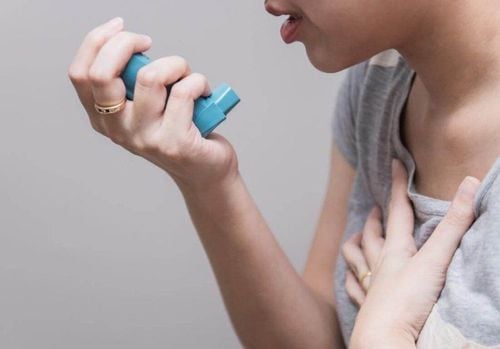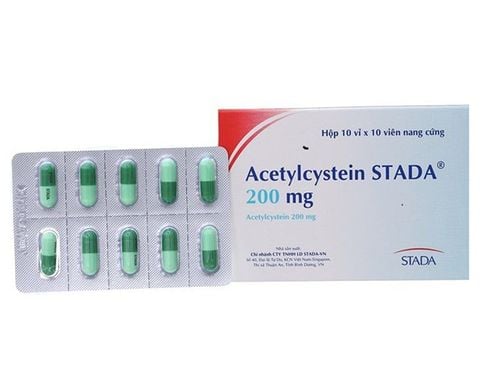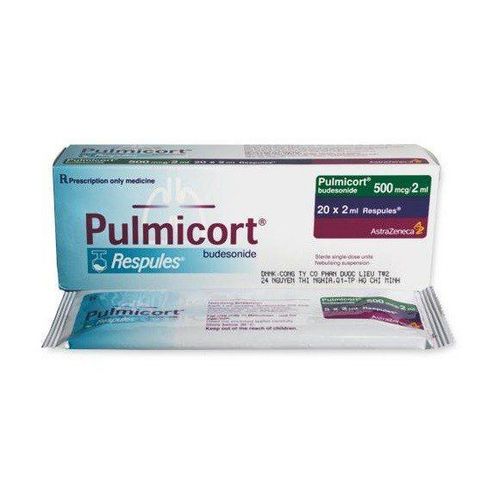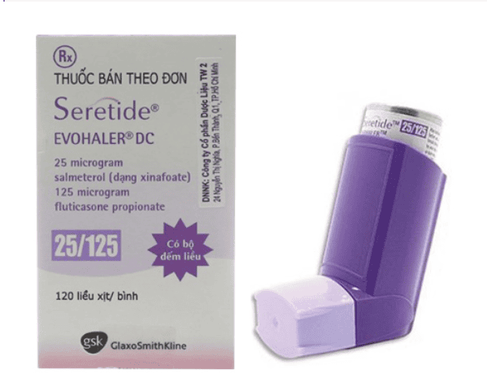This is an automatically translated article.
Asthma is one of the most common respiratory diseases in children. It can cause symptoms such as difficulty breathing, wheezing, a persistent cough, and difficulty talking or participating in daily activities. If asthma is extremely severe and can be life-threatening, then the child needs immediate emergency care to avoid unfortunate risks.
1. What is bronchial asthma in children?
Asthma, also known as asthma, is a chronic disease related to the respiratory tract. This disease can occur at any age, especially children between the ages of 2 and 10.
Asthma often increases mucous membranes in the bronchi and causes bronchospasm, leading to difficulty breathing, wheezing in young children. Most asthma attacks usually "strike" at certain times, such as erratic weather changes, seasonal changes, or accidental exposure to allergens such as pollen. Dust, viruses, bacteria, smoke, fur, etc. Some other people can get asthma when eating foods that have a high risk of triggering asthma attacks, including animals. shellfish, crab, sea fish, dairy products or eggs.
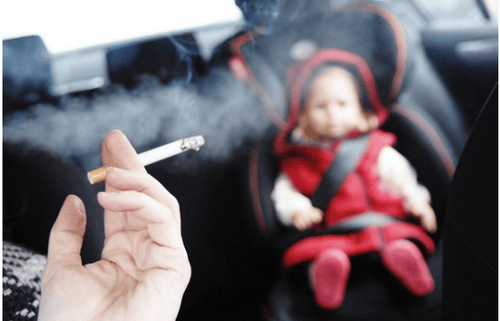
Khói thuốc có thể là nguyên nhân khiến trẻ bị hen suyễn nặng
2. Degrees of bronchial asthma in children
In general, asthma in children has four main levels, for each different level, there will be different signs and symptoms, including:
Level 1: The telltale sign is the appearance of symptoms. intermittent asthma in young children. This means that asthma attacks occur very rarely, less than once a week, and mainly during the day. Asthma level 1 does not cause much impact on the child's activities. Grade 2: Asthma is mild, also occurs mainly during the day and less than 1 time / week. Grade 3: Asthma is moderate, the symptoms of bronchial asthma in children can appear every day, significantly affecting children's activities. Level 4: Asthma is severe, symptoms will appear more often and for longer, especially at night, disrupting children's daily activities and having many difficulties.
3. Causes of bronchial asthma in children
Asthma in children occurs due to a combination of many different factors, among which are the most typical allergens, including:
Tobacco smoke: This is considered the cause. leading cause of asthma, and other respiratory diseases. Even children who have never had asthma are at increased risk of sudden onset of asthma attacks if they are regularly exposed to secondhand smoke. Smog: Children who live in environments with high levels of smog have an increased risk of asthma compared to other people. Have respiratory infections: including sinusitis, rhinitis, tonsillitis, pharyngitis, or VA. Allergens: Pet dander, pollen, duvets, gasoline, paint or metal dust are all likely to trigger asthma symptoms in young children.
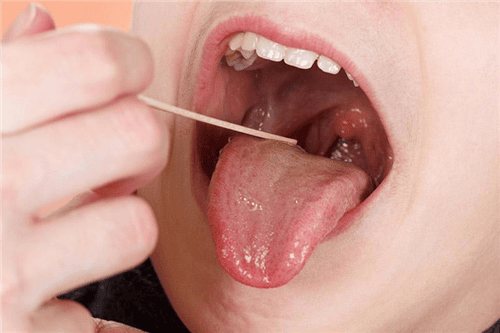
Viêm amidan là một nguyên nhân gây hen phế quản ở trẻ em
Substances with strong odors: Including spray paint, perfume, insect spray. Certain foods: For example, additives used in food packaging can also trigger asthma attacks. Excessive physical activity: When children are active for a long time, or too much, it can trigger asthma attacks. In addition, a number of factors other than allergens also contribute to the triggering of asthma attacks in young children, including genetics, or psychological (eg, psychological trauma, anxiety, stress).
4. Symptoms of bronchial asthma in children
Children with mild asthma often have symptoms mainly a cough, or a crackling sound in the lungs, which often occurs when the child is physically active, such as playing, running, or jumping. cry.
When asthma is moderate, children will have symptoms such as cough, interrupted voice, begin to notice symptoms such as chest cavity, chest contraction, supraclavicular pit, accompanied by sound rales in the lungs.
For cases of severe asthma, there are often symptoms such as cough, shortness of breath, bulging nostrils, chest tightness, purple lips, difficulty talking, obvious supraclavicular fossa. and there was a loud hissing sound in the lungs.
When asthma progresses to a very severe stage, the usual symptoms including inability to breathe, cry, or speak, and crackles in the lungs disappear. Moreover, asthma attacks occur continuously for many days without any signs of stopping, unless timely intervention measures are taken. If the child shows the above symptoms along with a fever, there is a high chance that the child has an upper or lower respiratory tract infection. The main cause can come from infection with viruses, or bacteria.
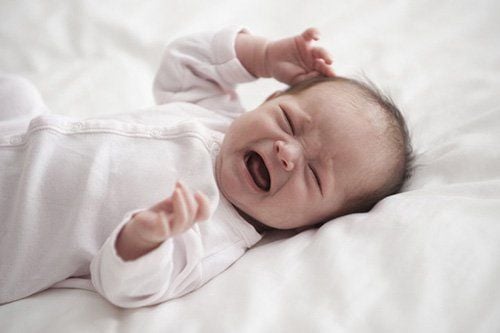
Sốt là triệu chứng thường gặp ở trẻ mắc viêm đường hô hấp trên
5. Prevent wheezing in children with asthma
Health professionals often recommend that children with asthma should not eat a lot of sweets containing chemicals that increase aroma, or drinks and soft drinks that contain preservatives or chemical sugars.
To relieve wheezing, as well as other symptoms of asthma, you can give your child a variety of essential minerals such as vitamin C, magnesium and selenium, commonly found in vegetables and fruits. fresh, or natural mineral water.
When the child is having an asthma attack, absolutely do not give the child a bath right away, avoid the child sitting, or playing in a drafty place so as not to make the asthma attack worse.
In addition, children with asthma should limit their use of chalk, or their exposure to chemicals, including powdered soaps, cosmetics, insecticides, pesticides, or gasoline. oil.
Besides, asthma symptoms in children can also be controlled and treated with prescription medication from a specialist. On the other hand, medicines used for children with asthma will differ in the amount and manner of use compared to asthma medicines for adults. Therefore, parents should not arbitrarily buy asthma medicine for children without the guidance of a doctor. This not only makes the disease difficult to treat, but also adversely affects the health of the child.

Chỉ sử dụng thuốc điều trị hen suyễn cho trẻ theo chỉ định của bác sĩ
For older children with bronchial asthma, parents need to regularly comfort, encourage and give more love to their children, should not make children feel sad, depressed or worried, because psychological factors may trigger asthma attacks. When the child has symptoms such as extreme shortness of breath, purple lips, inability to cry, difficulty or inability to speak; You need to take the child to the hospital immediately for timely emergency treatment.
Currently, Vinmec International General Hospital has an asthma screening package for patients with bronchial asthma. Vinmec's asthma screening package helps:
Screening for early detection to promptly control and treat the disease Perform clinical examination, take medical history, measure respiratory function, otolaryngology and clinical examination bronchial filter. Vinmec International General Hospital has a team of highly qualified and experienced doctors, fully equipped with modern facilities and equipment to diagnose diseases and stage pre-treatment accurately. the most effective. Especially when coming to Vinmec International General Hospital, patients do not have to wait long, have a quick examination time and are carefully guided by a team of experienced medical staff on the use of drugs, medicines and other medical conditions. A specially designed aerosol-aerosol that guides positive lifestyle changes to help patients easily adhere to their asthma management.
To register for examination and treatment at Vinmec International General Hospital, you can contact Vinmec Health System nationwide, or register online HERE
Reference source: webmd.com
Instructions for using a metered dose inhaler for asthma
MORE:
Diagnosis and treatment of occupational asthma Breathing exercises for asthmatics Is asthma a contagious disease?






